By Monica Rhodes, Owner of Monday Wash Furniture and NUA Volunteer
___________________________________________________________
70% -80% of what the furniture industry produces goes to landfills.*
It’s 1996 and 29-year-old Kriss Kokoefer is laying wide awake on the floor of a friend’s San Francisco apartment, her three modest suitcases stacked in the corner and her mind churning. Already, she has shed the skin of her past life in Cincinnati, OH - the round-the-clock demands of the hospitality industry that hadn’t fed her soul. Kriss has enrolled in an interior design school and thinks she is going to become a residential interior designer, but she is wrong.
***
“I put myself into something I was fascinated with, but I didn’t know where it was going to lead,” Kriss says. While in design school, Kriss took a job as an account executive at a commercial furniture dealership. “I fell in love with the industry and the commercial side of design. I love combining design and business. The rest is history. I have had several different positions within the contract furniture industry. The one that really launched my beloved career was with Teknion (a prominent Canadian purveyor of office furnishings) as their Bay Area marketing person. The job required me to get to know every interior designer, furniture dealer, and architect practicing commercial work in the Bay Area. This has served me ever since.”
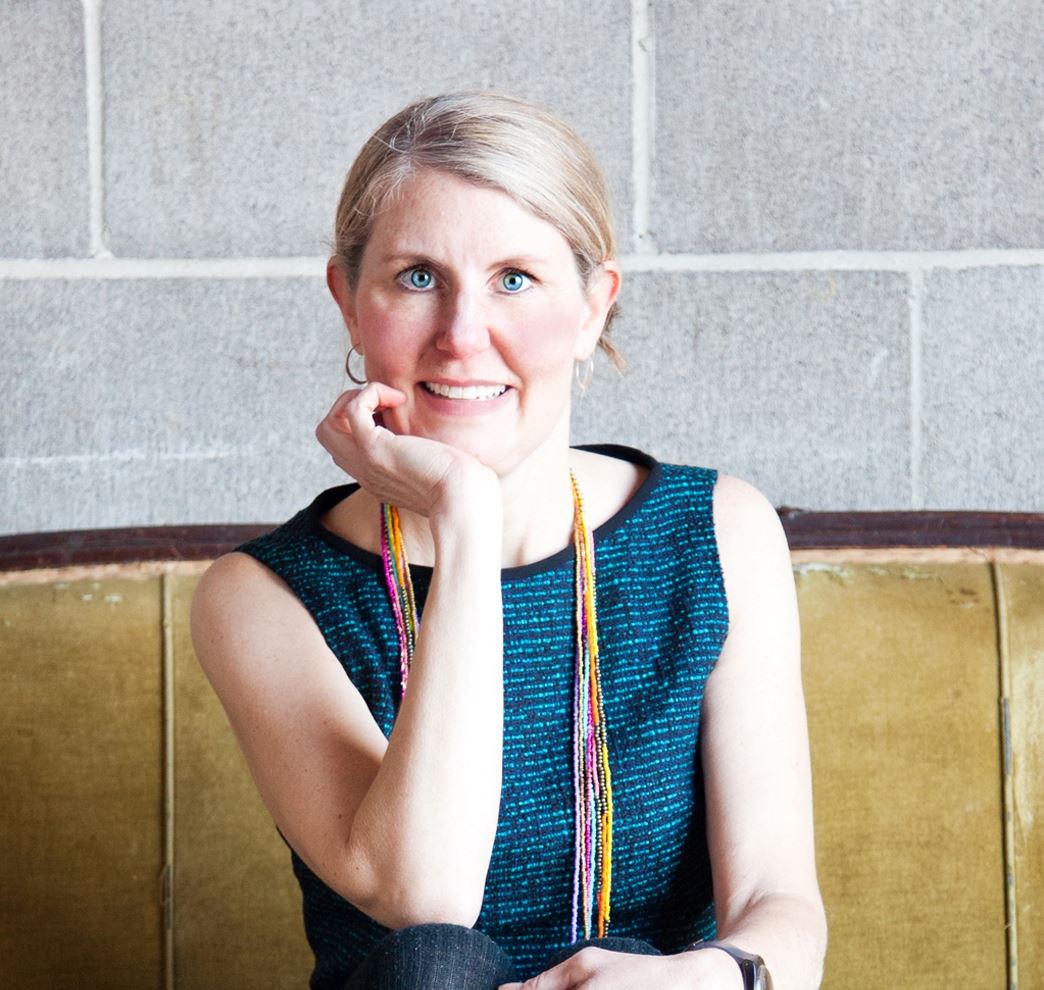
Today, Kriss Kokoefer is the fourth owner of Kay Chesterfield, Inc. in Oakland, CA, an upholstery business launched by Sam Kay one hundred years ago. She is also the creator of the Re-Up infographic featured here, a representation of her mission to save furniture from being dumped into landfills. Kriss arrived here not so much by traveling off the beaten path as by focusing her passion to change the topography of commercial design and guide some major players across that terrain. She prefers a different metaphor, though: steering “the big ships”.
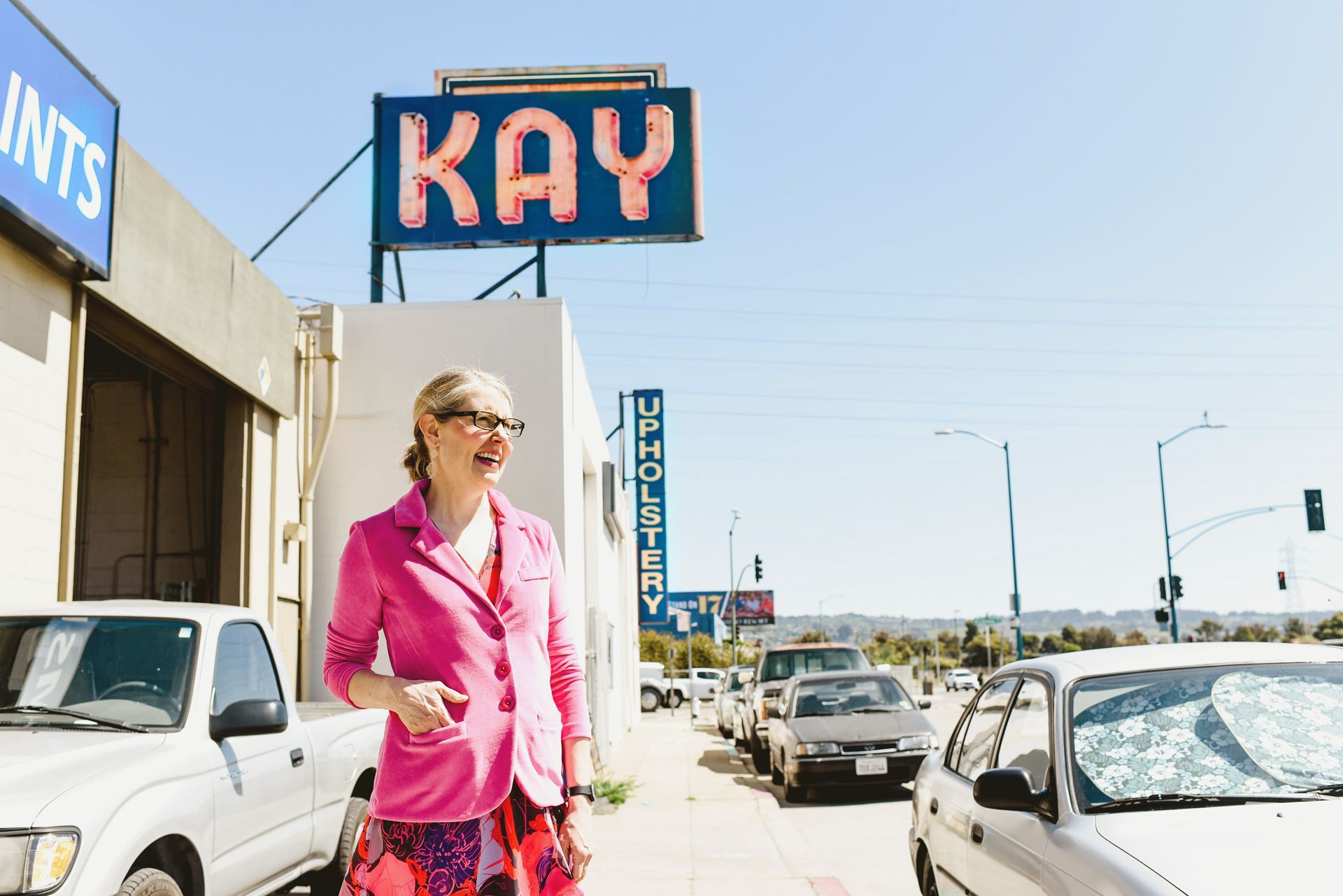
Years ago, armed with the relationships she had forged with architects and designers during her tenure with Teknion, Kriss launched Kokoefer + Co. a successful independent representative group for high-end office furniture. When Kokoefer + Co customers needed repairs or her manufacturers needed local warranty work, she turned to John Jones of Kay Chesterfield for help. One day, Kriss was retrieving a re-upholstered Womb chair and John mentioned that he and his wife, Jo Anne, were planning to retire. Kriss, ready for another challenge, obtained an SBA loan and bought the business. Fortunately, John and Jo Anne stayed on for six months to mentor her. Like the Jones, Kriss was not a trained upholsterer, nor had she ever run a workshop. “John and Jo Anne came into re-upholstery, 25 years ago, from the same commercial furniture background as I did and they were willing to help me make the big career transition.” The second stroke of good fortune was that a majority of the Kay Chesterfield employees remained, some of them hired back when the Kay family still owned the business; this gave Kriss a great deal of capital and comfort in terms of skill and industry know-how.
.jpg)
When I ask Kriss what prompted her to buy the shop in 2012, she says, “I loved that it was local, I loved that it was a craft, I loved that it was environmental, and I loved that, as the owner, I would have control,” referencing the fact that, as a manufacturers’ rep, she could not manage quality control of furniture coming from all over the world.
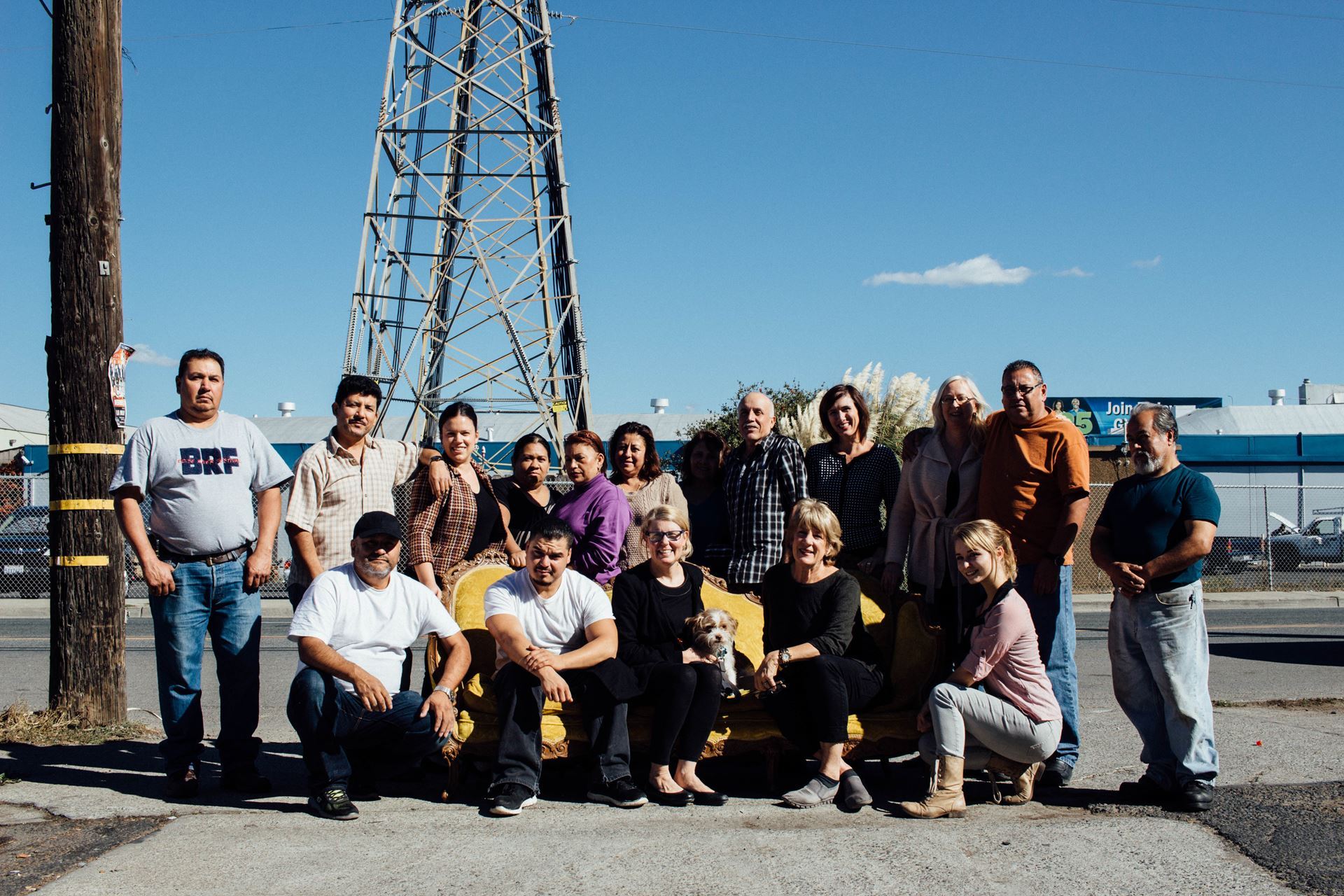
If you visit the Kay Chesterfield website, you will see, front and center on every page, the message: Re-Up(holster) to benefit the environment. Kriss notes though environmental and human health were not the only reasons she bought the company, they were certainly priorities. Committed 100% to the care of the employees, her business, and the environment, Kriss is tackling the rigorous requirements of B Corp status. Certified B Corporations balance people, planet, and profit. “They are legally required to consider the impact of their decisions on their workers, customers, suppliers, community, and the environment (www.bcorporation.net).” Kriss is adamant that profit, crucial to the health of her business, is, by extension, integral to her ability to impact the health of the planet.
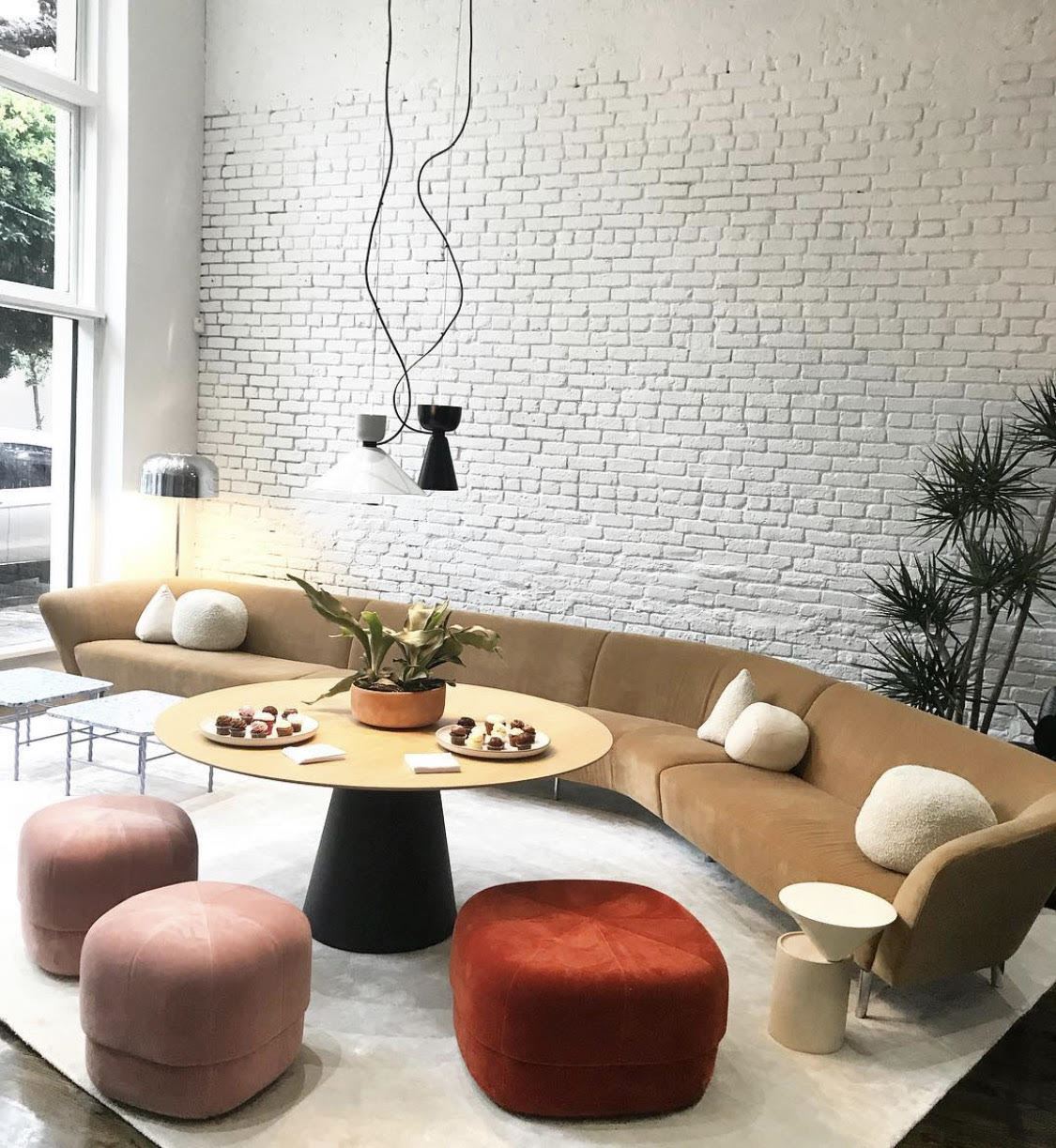
When Kriss was with Teknion, the LEED (Leadership in Energy and Environmental Design) certification and rating system was just being developed. More and more interior designers were asking, “what’s your sustainability story, what’s your environmental story?” Says Kriss, “I was also heavily involved in IIDA (the International Interior Design Association). Suddenly, many industry-sponsored presentations were about environmental health and human health. That’s when my eyes got opened and I got onto my health kick. I don’t think people talk about human health enough…all of the toxins and what they do in our bodies.”
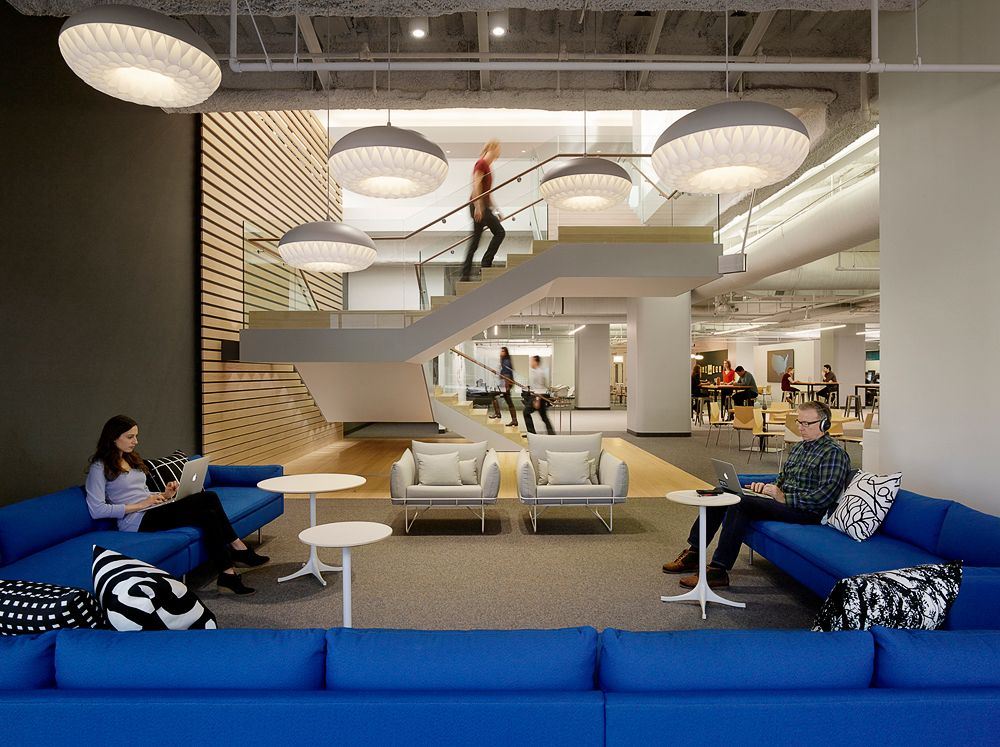
Kriss references Simon Sinek and his book Start with Why. “My ‘Why’ is keeping furniture out of the landfill. So, everything I do, I use that as my framework.” Kriss tells me she’s taken on “a sort of evangelistic role”. She has hired highly skilled and experienced project managers from the commercial furniture world to oversee the day-to-day affairs at Kay Chesterfield so she is free to meet with, and give presentations to, what she calls the “big ships”, decision-makers at large businesses, and influential design firms. By working at this level, she maximizes her efforts. “Most designers want to create something fresh and most of their clients want to look different from their competition, so when a company is making a change or moving their headquarters, they often throw everything out and start over.” Kriss wants to gently change their thinking.
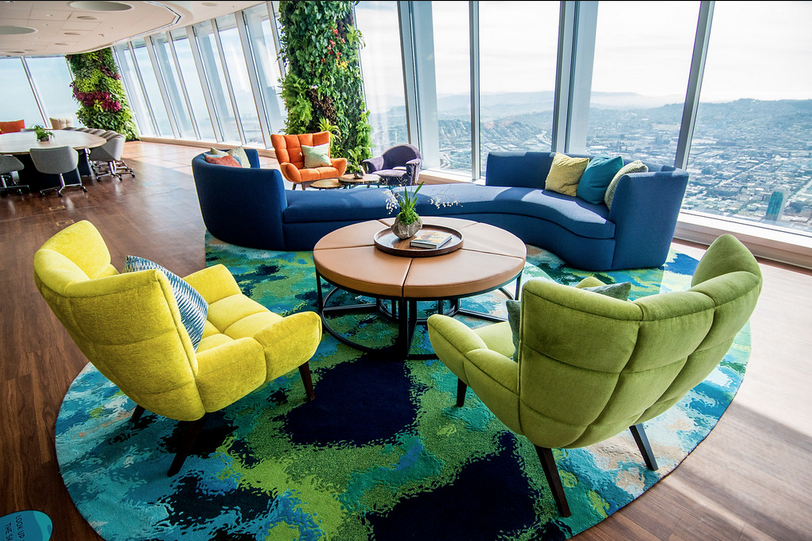
“There are two focused junctures for re-upholstering contract furniture,” says Kriss. 1: When a business decides to move its headquarters. “This is a great time to inventory what soft seating the company owns and then have the designer imagine how to use it in the new design. My goal here is small, 10-20% because designers typically want to start with a clean slate to express their one-of-a-kind ideas. I don’t want to stop them but if they can commit to some reuse it's a step in the right direction.” 2: Maintenance programs for soft seating. “‘Resimercial’ is the hot new term in corporate settings. It refers to corporate or public spaces looking like a home, hotel, or spa. Since this is a new trend, I do not believe facility managers have a plan for keeping the upholstery fresh. I want to get this stage of re-upholstery out of the design budget and into the maintenance budget. There are many ‘living room’ settings in businesses now to attract and retain employees (millennials in particular). From what I have read in recent industry articles, these settings are one ‘tool’ to entice people to come back to the office after the pandemic is over. I would like facility managers to have a plan to re-upholster these pieces 80% of the time (as opposed to buying new soft seating pieces).”

Toward this end, Kriss developed the Re-Up infographic in 2020. She didn’t have a background in statistics, but she knew, “The big players really want to see the data.” Kriss found that, though there were plenty of statistics regarding the detrimental impact of “fast fashion” (cheaply made garments often quickly discarded and replaced), there was a shocking lack of data regarding its counterpart “fast furniture”. After gleaning a handful of available statistics from articles here and there, Kriss hired a marketing professional to put them all on one page in the form of a clear and striking infographic with references to the original material.
The infographic crystallized Kriss’s message. Her marketing consultant asserted that the Kay Chesterfield website must be redesigned to fully align with it. Though Kriss was proud of her existing website and loved its aesthetic, she knew this was true. If this was her “Why”, then she had to be all in.
Kriss Kokoefer seeks a tide change. She wants to see decision-makers making an intentional choice to re-upholster. “The health of our planet is declining and re-upholstery is a tool to make a positive difference.” She is very hopeful. Kriss mentions three recent contracts: an airport with a Zero Waste initiative, and two large tech companies that relocated headquarters. Both tech companies chose to re-upholster as many pieces as possible and reintegrate them into their new designs. Kriss’ excitement brims over, “THAT is unheard of. THAT has never happened before! They want their employees and their communities to know that they don’t throw furniture away.”
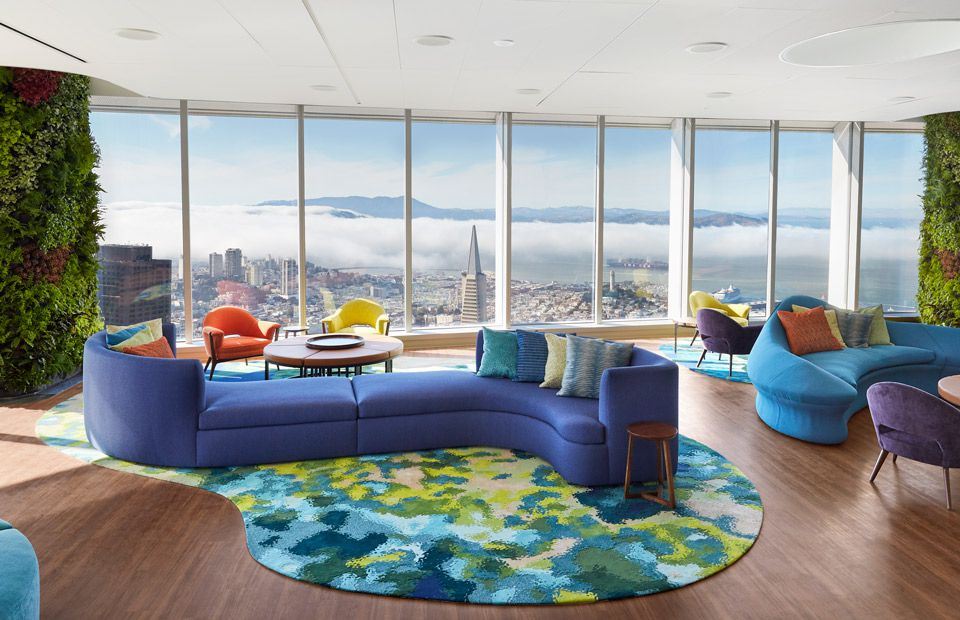
Kriss encourages all of us in the re-upholstery trade to go for the 10- 20% commitment from our clients. We can all “work to change the thinking of new spaces. We need to go to all commercial end-users that have soft seating, get in there, and get maintenance contracts set up. Target facilities managers and make it easy for them with a re-upholstery system (to regularly repair and update existing furniture).” This will benefit our businesses, their businesses, the planet, and the health of everyone involved.
Kriss is gaining traction. “Gensler, the biggest commercial interior design company in the world, recently created a sustainability group with a new lens looking at furniture and construction waste!” Kriss leans in and her face fills my monitor. “They created a group! And they want to have a private meeting with me tomorrow afternoon. So, I am SO hopeful.”
The tide is, indeed, changing. Behold Kriss Kokoefer steering those big ships toward a brighter horizon.
* Statistic from Re-Up and Re-Use infographic pictured here. Original source: www.waste360.com/waste-reduction?how-steel-case-s-initiatives-support-local-economy
Links:
Downloadable copy of the infographic
www.kaychesterfield.com
www.instagram.com/kaychesterfield
www.facebook.com/kaychesterfield